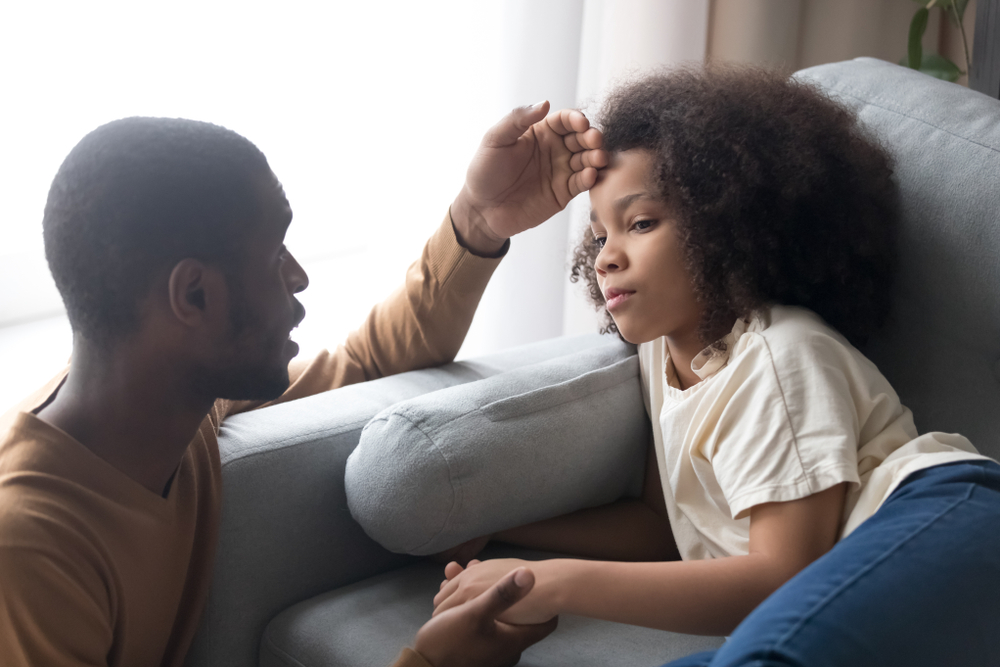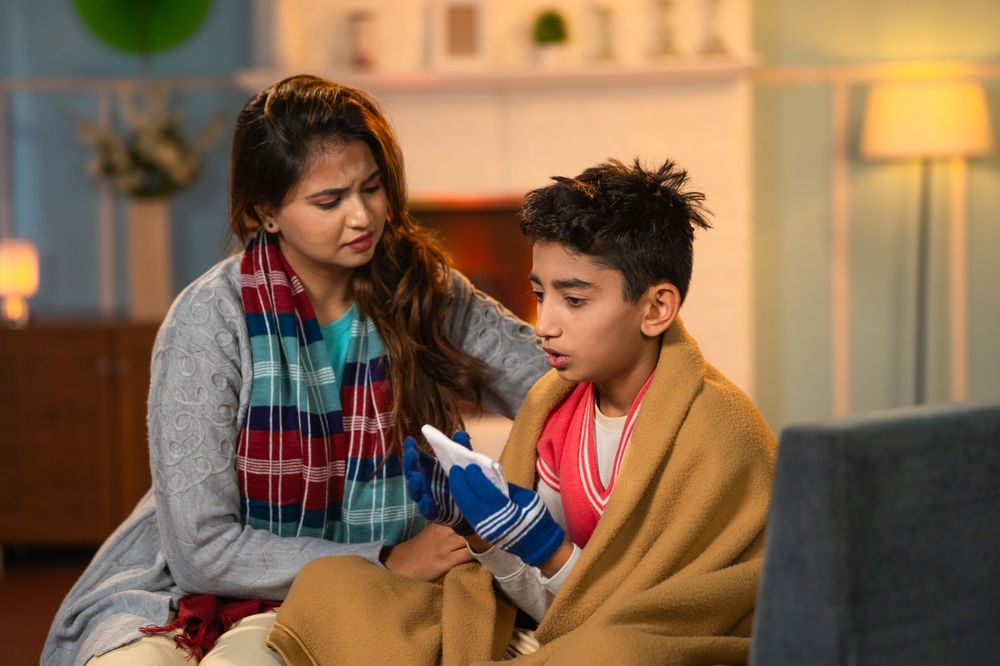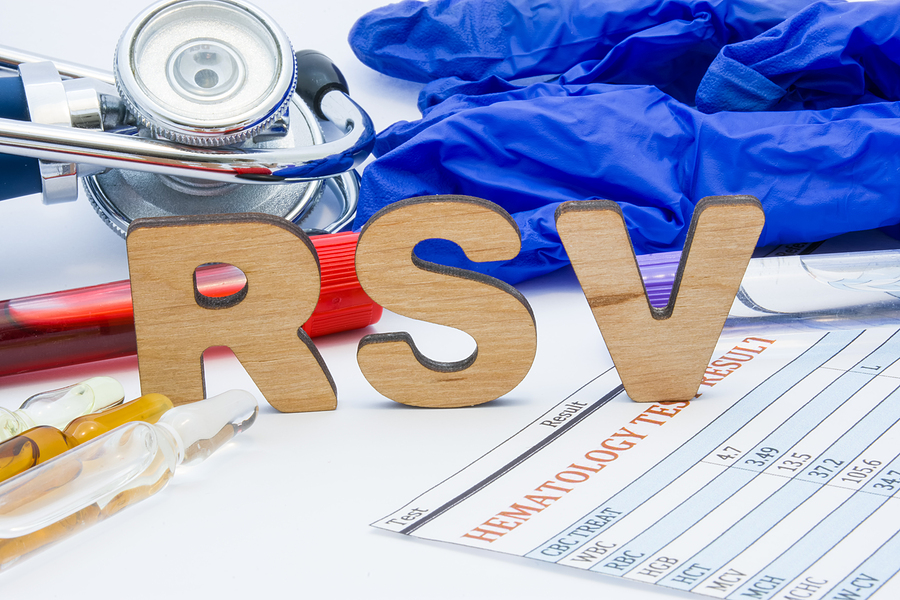How to tell if your child has Separation Anxiety Disorder
By Adair Parr, M.D., J.D.
Separation anxiety is normal in very young children (between the ages of 8 and 14 months). Toddlers may go through phases in which they don’t want to leave their parents. However, children over the age of 6 who have difficulty separating from parents or caregivers may have separation anxiety disorder, a condition that causes a child significant distress when separated from her parent or caregiver. She worries that something terrible may happen to her parent or even herself during the separation. As a result, she is unable to go about her normal day. For example, a 7-year-old may not be able to leave her parent to go to school. Or a 10-year-old may need to have his parent lie down with him to fall asleep at night every night.
How do you know if your child has separation anxiety? If your child has had several of the following symptoms for at least a month, you may want to discuss the possibility of separation anxiety disorder with your primary care provider or a mental health provider:
— Your child won’t go into a room alone or to a different floor of the house alone
— Your child has a hard time going to sleep in a darkened room because she worries something terrible might happen to her or you
— Your child has frequent physical symptoms prior to going to school or to an event
— Your child texts/calls multiple times per day even when she knows where you are
— Your child won’t let you out of her sight
— Your child has frequent nightmares
It is important to seek help if you are concerned about separation anxiety in your child. Anxiety may worsen if it is not treated and may impact a child’s development.
About 4 % of children have separation anxiety disorder, which is the most common anxiety disorder in children under the age of 12. It is equally common in both boys and girls.
Anxiety disorders are very treatable once identified. The usual course of treatment involves individual therapy and helping parents learn strategies to manage the child’s behaviors. In some cases, medication may be necessary in addition to therapy.






